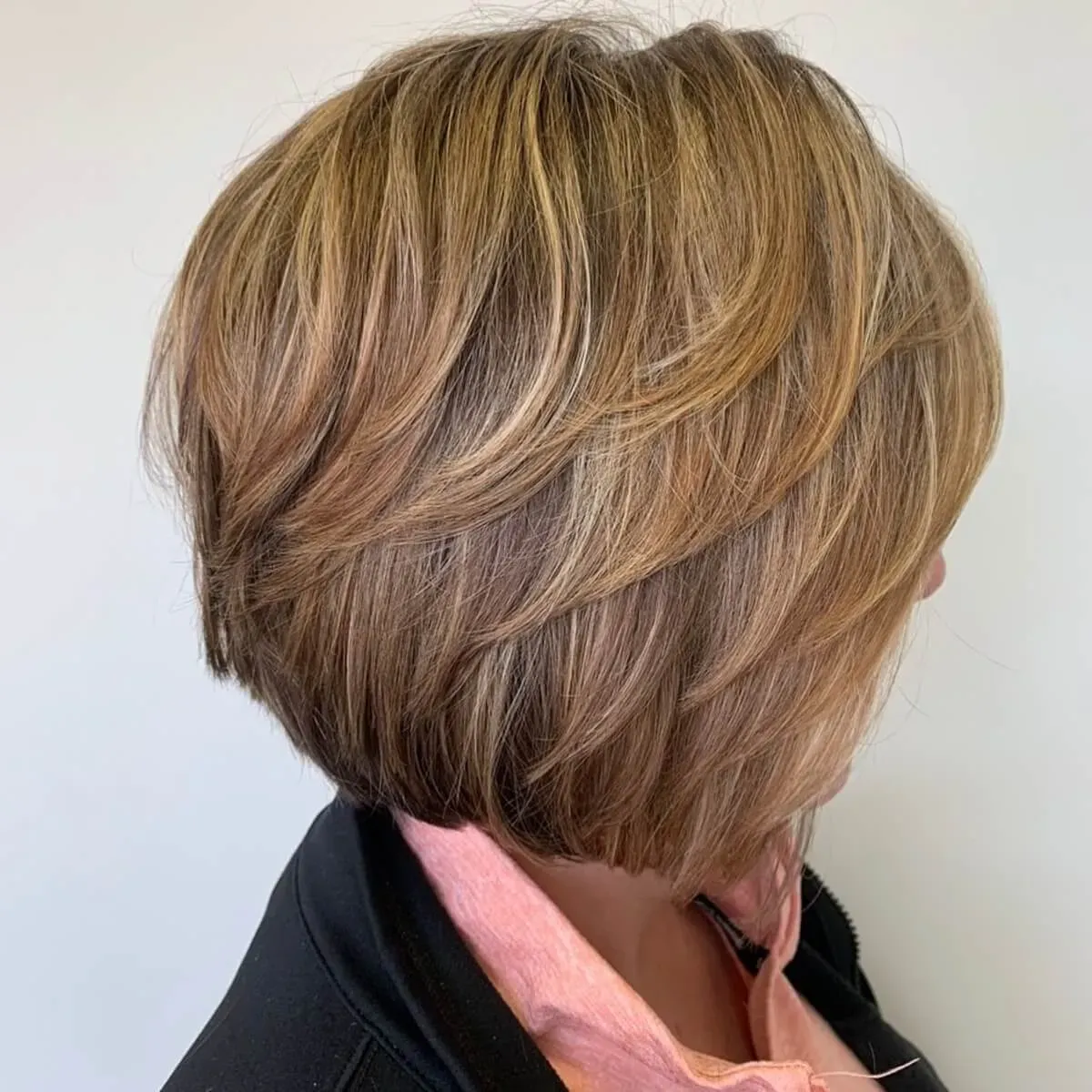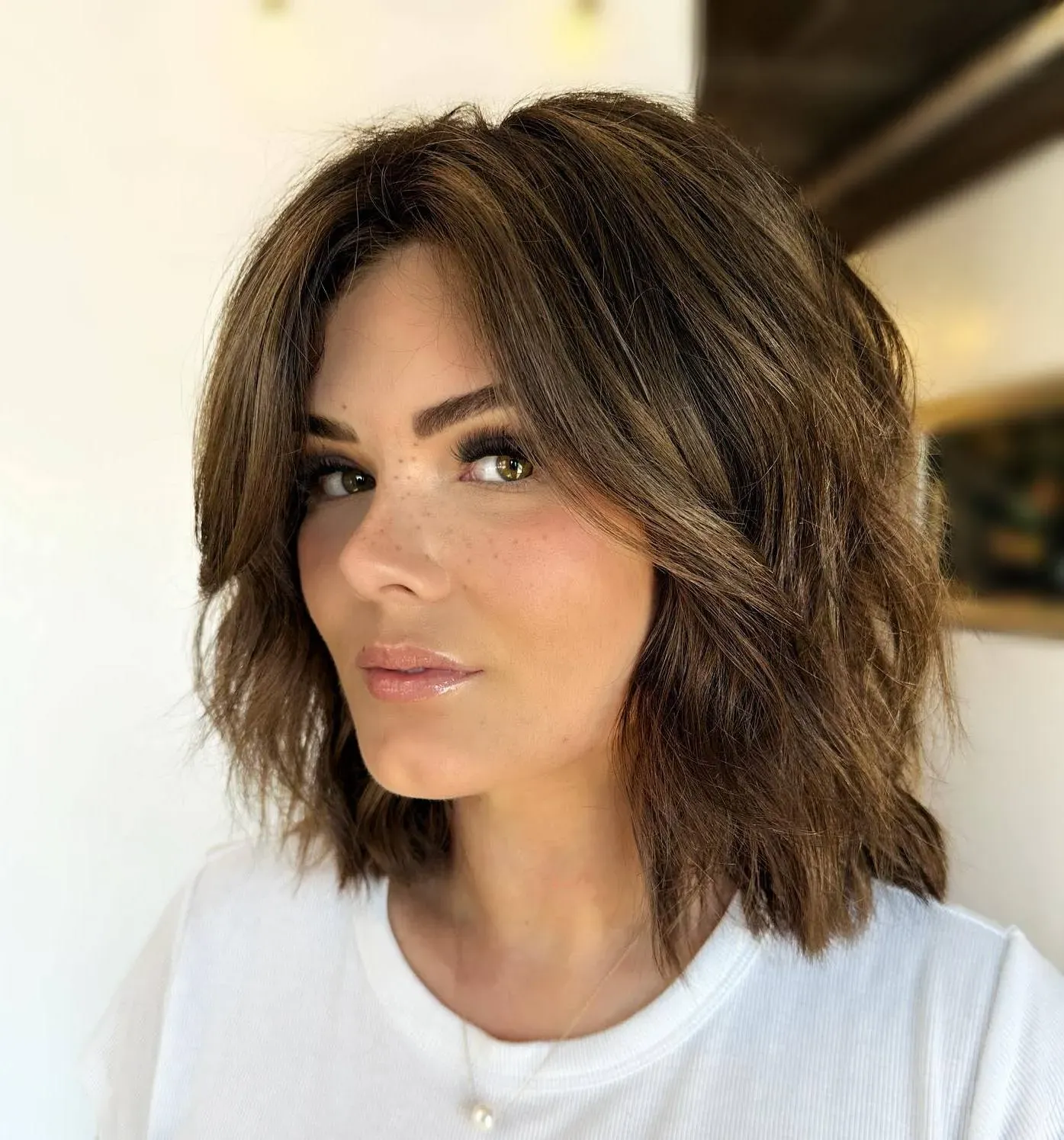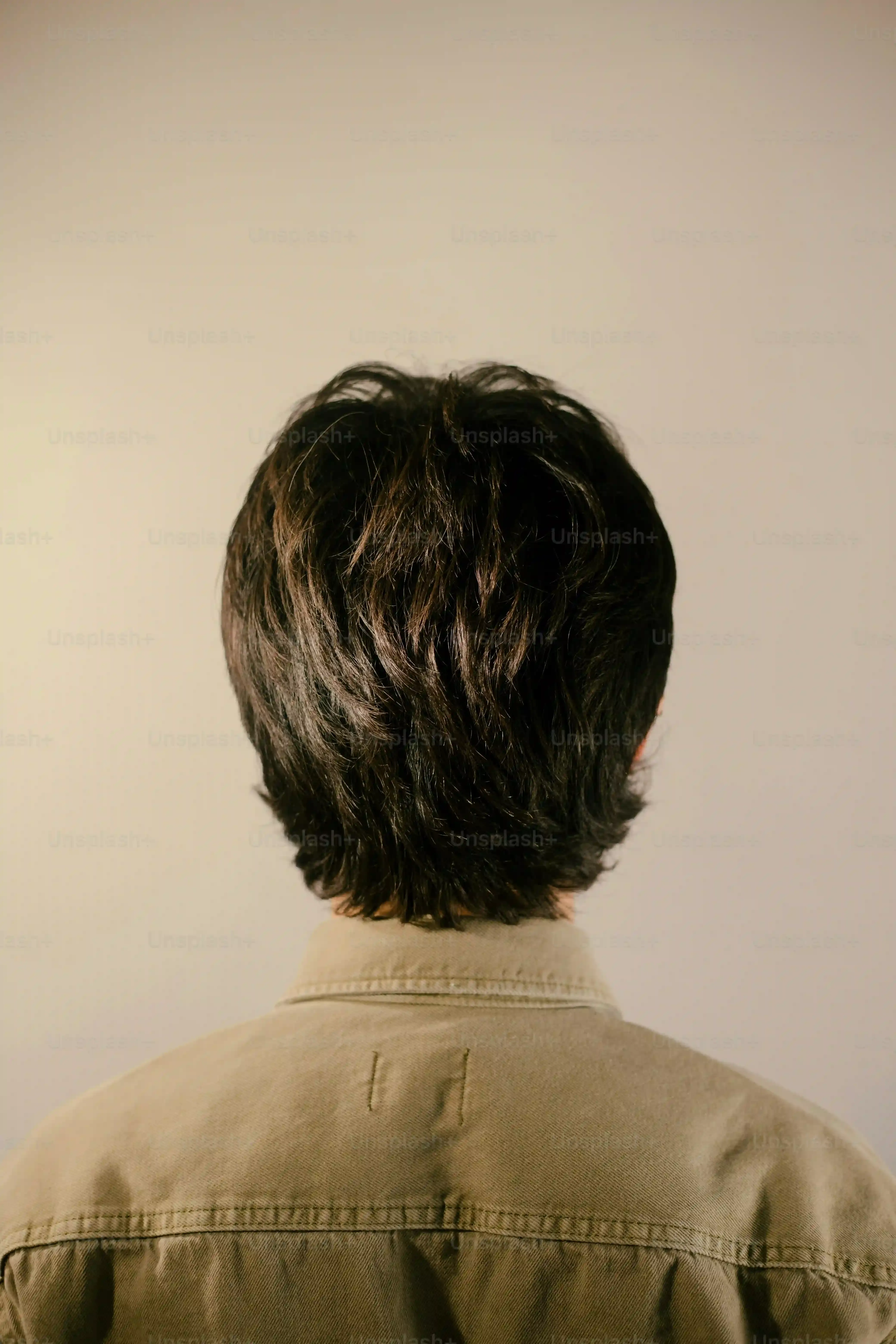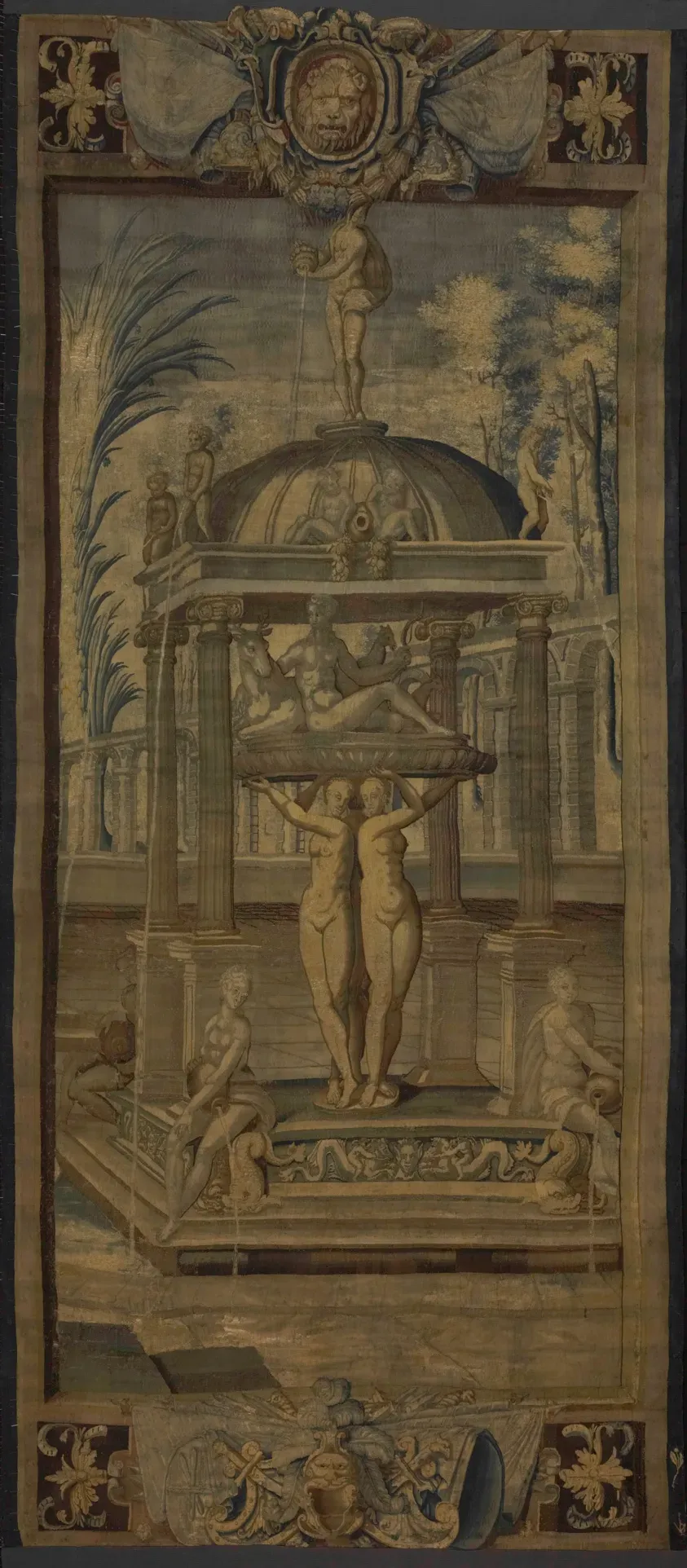Table of Contents
Got a glorious mane but feel like you're wrestling with it daily? Thick hair is fantastic, until it feels less like a crown and more like a weighty helmet. You've probably considered shorter styles, maybe even a bob, but worried it would just balloon out or become a solid, unmanageable mass. We get it. The good news? There's a haircut designed to tackle exactly this challenge: the layered bob cut for thick hair.
Why a Layered Bob Cut Works Wonders for Thick Hair

Why a Layered Bob Cut Works Wonders for Thick Hair
let's talk about that beautiful, thick hair of yours. While everyone else envies the volume, you know the truth: it can feel like a burden, heavy and shapeless, fighting every styling attempt. This is precisely where a layered bob cut for thick hair steps in as your hero. It's not just about going shorter; it's about strategically carving into that density. Expertly placed layers remove internal weight, preventing the dreaded "helmet head" effect and allowing the hair to actually move. Instead of a solid block, you get definition, bounce, and a shape that works with your hair's natural texture, not against it. Think of it as sculpting – taking away the excess marble to reveal the art underneath.
What does this magic haircut actually do for you?
- Reduces bulk and weight significantly.
- Adds much-needed movement and bounce.
- Creates shape and definition.
- Makes styling faster and easier.
Choosing the Right Layered Bob Cut for Your Thick Hair Type

Choosing the Right Layered Bob Cut for Your Thick Hair Type
Consider Your Hair Texture and Face Shape First
so you're sold on the idea of a layered bob cut for thick hair. Great! But not all layered bobs are created equal, especially when you're working with serious volume. The first step is honest self-assessment. Look in the mirror. What's your hair texture like? Is it straight and coarse, wavy and prone to frizz, or tightly curled? Each texture behaves differently when cut, and the layering needs to be tailored. Also, think about your face shape – round, oval, square, heart-shaped? Certain lengths and angles in a bob can really enhance or detract from your features. A skilled stylist considers these factors before even picking up the scissors.
For instance, someone with a round face might benefit from a layered bob that's slightly longer in the front to create vertical lines and slim the face. If your hair is super coarse and straight, heavy internal layering is key to collapsing the shape and preventing it from looking like a shelf. Wavy or curly thick hair often needs longer, piece-y layers to encourage the wave pattern and reduce weight without creating frizz.
Explore Different Layering Techniques and Styles
Now for the fun part: the options! A layered bob cut for thick hair isn't a one-size-fits-all deal. You've got variations like the A-line bob, which is shorter in the back and longer in the front – excellent for removing weight at the nape. The classic blunt bob can work with thick hair, but it absolutely requires significant internal layering or even an undercut to manage the bulk and keep the line sharp without puffing out.
Then there are more textured options. The French bob, often paired with choppy bangs, uses shorter layers to create a lived-in, effortless look that disperses weight beautifully. A shattered or piece-y layered bob uses a razor or deep point cutting to break up the ends and add movement, perfect for thick hair that tends to be a bit stiff. Don't forget the C-bob, which hits around the collarbone and uses face-framing layers to create a soft, curved shape, managing thickness through graduation.
- **A-Line Bob:** Shorter back, longer front. Great for nape weight.
- **Blunt Bob (with internal layers):** Sharp line, requires significant hidden weight removal.
- **French Bob:** Shorter, often with bangs, textured layers for effortless vibe.
- **Shattered/Piece-y Bob:** Razor or point cut ends for movement and texture.
- **C-Bob:** Collarbone length, face-framing layers, soft curve.
"The goal with thick hair isn't just to cut it short, but to strategically lighten it," says stylist Clara Purvis. "Layering is your best friend here, but it has to be done with intention, considering how the hair falls naturally."
Consult Your Stylist for Personalized Advice
While researching online gives you ideas, the best plan is always a consultation with a stylist experienced in cutting thick hair. Bring pictures of layered bob cuts you like, but also be open to their professional opinion. They can assess your specific hair density, texture, growth patterns, and face shape to recommend the layering technique and bob length that will work best for you. They can explain *how* they plan to remove weight – whether through internal layers, texturizing, or even a subtle undercut at the nape (a bold move that significantly reduces bulk for some).
A good stylist will also talk to you about your lifestyle and how much time you want to spend styling. A heavily layered, textured bob might require more effort with products to define the layers, while a slightly longer, internally layered blunt bob might be lower maintenance. This collaborative approach ensures you walk out with a layered bob cut for thick hair that not only looks fantastic but is also practical for *your* everyday life.
Styling Your Layered Bob Cut for Thick Hair

Styling Your Layered Bob Cut for Thick Hair
so you've got the perfect layered bob cut for thick hair – the weight is gone, the shape is good. Now comes the daily question: how do you make it *look* good without spending an hour fighting it? Styling a layered bob cut for thick hair isn't about forcing it into submission; it's about enhancing the work your stylist did. The right products are your best friends here. Think texturizing sprays to define those layers and add grit, or a lightweight serum to smooth flyaways without adding bulk. If you're blow-drying, focus on directing the airflow down the hair shaft to keep it sleek, or use a diffuser if you want to embrace natural waves or curls. Don't overcomplicate it; sometimes, a little product and a quick zhuzh are all you need to show off that great cut.
Maintaining Your Layered Bob Cut for Thick Hair

Maintaining Your Layered Bob Cut for Thick Hair
Regular Trims Are Non-Negotiable
you've got the killer layered bob cut for thick hair. It feels lighter, moves better, and looks fantastic. But here's the reality check: this cut, especially on thick hair, needs upkeep. Skipping trims is the fastest way to lose that beautiful shape and end up right back where you started – with a heavy, shapeless mass. Think of it like maintaining a finely tuned machine; neglect it, and it starts to run rough. Trims every 6-8 weeks are usually the sweet spot. Your stylist will not only tidy up the ends but also revisit those crucial internal layers that keep the bulk under control. Don't wait until it feels heavy again; get on a schedule.
At-Home Care for Longevity
Beyond the salon, your daily routine matters. Using the right products is key to keeping your layered bob cut for thick hair looking its best. Avoid heavy, तेलy products that can weigh down your layers and make thick hair feel even thicker. Look for lightweight serums, texturizing sprays, or mousses if you want to enhance movement. When drying, make sure the root area is completely dry to prevent puffiness. If you heat style, use a heat protectant – thick hair can take a beating, and damage equals frizz and loss of definition. And seriously, don't try to cut your own layers with kitchen scissors. Leave that to the pros.
- Schedule trims every 6-8 weeks.
- Use lightweight styling products.
- Ensure roots are fully dry after washing.
- Always use heat protectant before styling.
- Resist the urge to trim it yourself.
Your Thick Hair, Now Managed (Mostly)
So there you have it. The layered bob cut for thick hair isn't some mythical creature; it's a practical, stylish solution for managing significant volume. We've covered why layers are essential, explored styles from classic to cowgirl, and touched on keeping it looking sharp. This cut takes thick hair from a potential burden to a deliberate style statement. It requires understanding your hair and working with a stylist who gets the assignment. No more fighting the bulk; just smart shaping and easier styling. It's a haircut that actually works, which, frankly, is a win in itself.